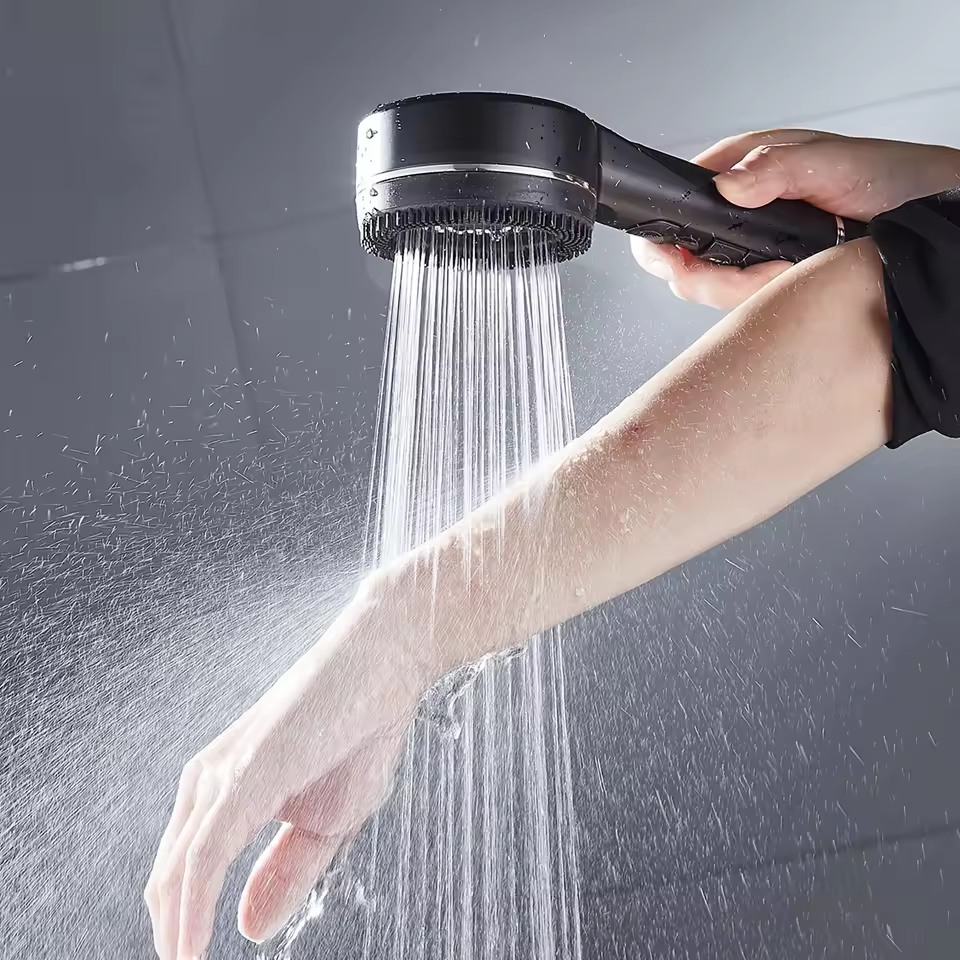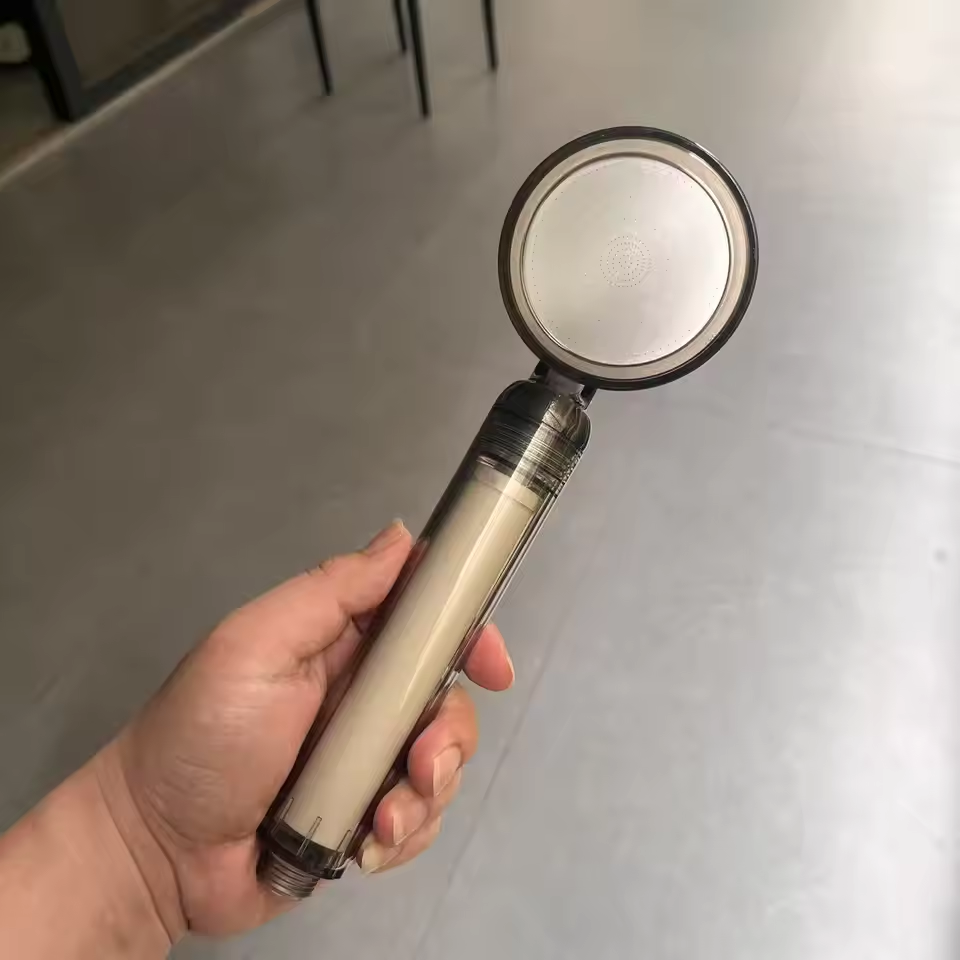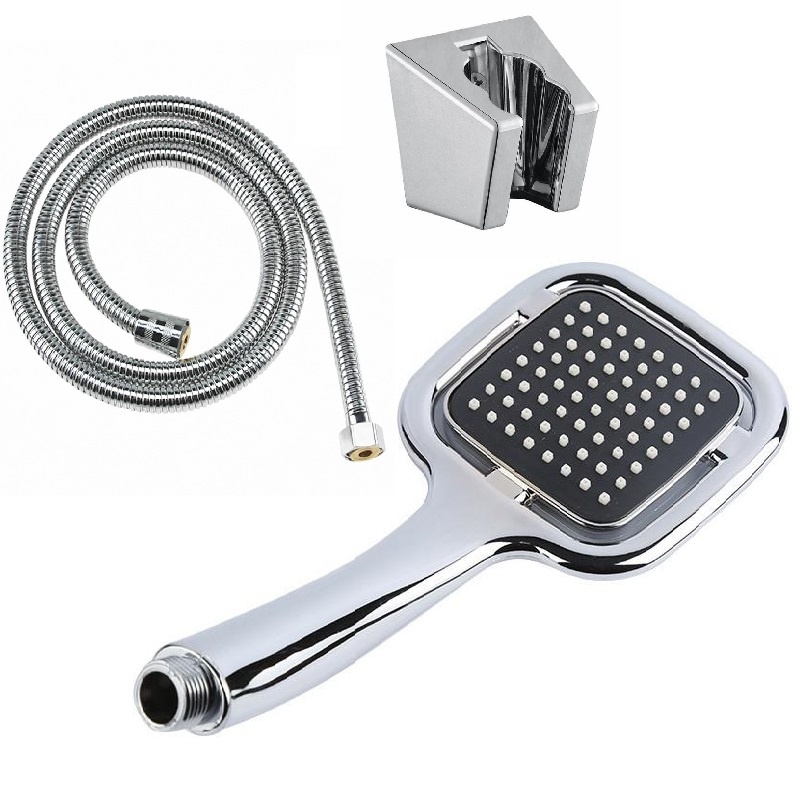Introduction to Leaky Shower Heads
A leaky shower head can be a nuisance. It wastes water and can lead to higher utility bills. Often, it starts with just a few drips, but it can worsen. Ignoring it is not advisable; it’s better to fix it promptly. A shower head can leak from the face where the water comes out, or at the point where it connects to the arm. These leaks can be due to a range of issues. Identifying the cause is the first step to fixing a leaky shower head. This guide will take you through the process of repairing a leaky shower head. We’ll look at common causes, what tools you’ll need, and how to resolve the issue step by step. With some basic tools and a little know-how, you can stop the drip and enjoy a fully functioning shower. Let’s begin by exploring common causes that contribute to a leaky shower head.
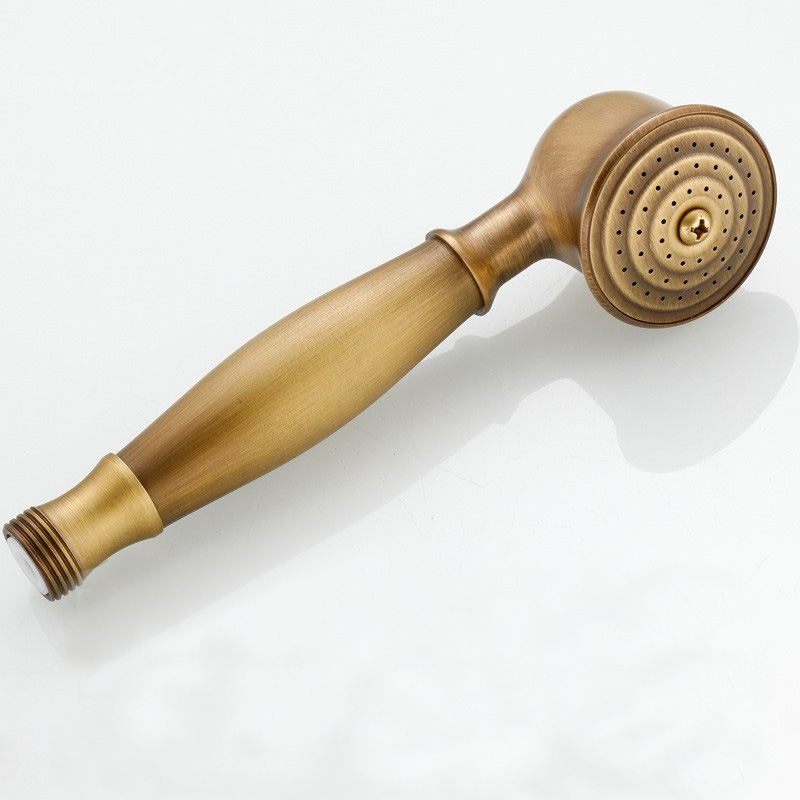
Common Causes of Shower Head Leaks
Understanding the reasons behind a leaky shower head is crucial before you start the repair. Several factors could cause your shower head to leak. Here are some of the most common causes:
- Worn-out O-ring or washer: Over time, the O-ring or washer inside the shower head can wear out due to constant exposure to water pressure and temperature changes.
- Clogged shower holes: Mineral deposits from hard water can clog the shower holes, leading to improper water flow and eventual leaks.
- Loose connections: The connection between the shower head and the shower arm may become loose, causing water to leak out.
- Damaged Teflon tape: If the Teflon tape that seals the thread of the connection isn’t intact, it might lead to a leaky shower head.
- Cracks in the shower head body: Physical damage to the shower head itself, such as cracks, can be a direct cause of leaks.
Each of these issues can be the culprit for water dripping from your shower head. Identifying the exact cause is essential to fixing the leak effectively. In the following sections, we will provide a step-by-step guide on how to address these problems and fix your leaky shower head.
Tools and Materials Needed
Before you tackle the repair of a leaky shower head, ensuring that you have the right tools and materials is vital. Here’s a checklist of items you’ll likely need to get the job done effectively:
- Adjustable wrench: This tool is essential for loosening and tightening nuts and bolts.
- Pliers: Pliers can offer extra grip and precision.
- Screwdriver: You might need a screwdriver if your shower head is fixed with screws.
- Teflon tape: Also known as plumber’s tape, it’s used to seal threaded connections.
- Replacement O-rings or washers: These are often needed to replace worn-out parts.
- White vinegar: Useful for cleaning mineral deposits from the shower head.
- Clean rag or cloth: You’ll use this to clean and handle the shower head.
- Bucket or bowl: To catch water that may drain when you remove the shower head.
Gathering these tools and materials before you begin will make the process smoother. With everything at hand, you can start the repair without interruptions. Each item has a specific use and will come in handy at various steps of repairing your leaky shower head. In the next section, we’ll dive into the step-by-step instructions.
Step-by-Step Instructions for Fixing a Leaky Shower Head
Step 1: Turn Off Water Supply
First, shut off the water. Find the valve and turn it clockwise until water flow stops.
Step 2: Remove the Shower Head
Use your adjustable wrench to loosen and unscrew the shower head from the arm.
Step 3: Inspect and Clean the Shower Head
Look for damage or debris. Soak the head in white vinegar if there’s buildup.
Step 4: Replace the Washer or O-Ring
Take out the old washer or O-ring. Put in a new one to stop leaks.
Step 5: Apply Teflon Tape
Wrap Teflon tape around the threads of the shower arm to prevent future leaks.
Step 6: Reattach the Shower Head
Screw the shower head back onto the arm. Use pliers for a firm fix, but don’t over-tighten.
Step 7: Turn On Water and Test
Turn the water supply back on. Watch for leaks as water flows through the shower head.
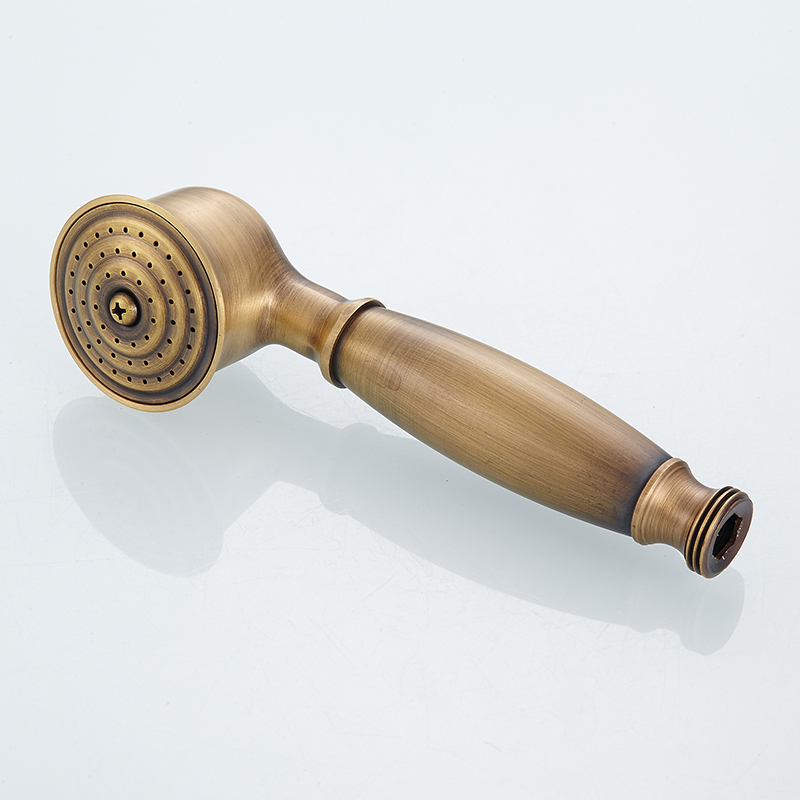
Tips for Preventing Future Leaks
To keep your shower head working well and prevent future leaks, here are some practical tips:
- Regular Maintenance: Check your shower head often for signs of wear and tear. Replace parts as needed.
- Use a Water Softener: If you have hard water, consider using a water softener to reduce mineral buildup.
- Proper Installation: When installing a shower head, make sure it’s tight enough to prevent leaks but not over-tightened.
- Clean Regularly: Soak the shower head in white vinegar regularly to dissolve mineral deposits.
- Replace Teflon Tape Periodically: Over time, Teflon tape can deteriorate. Replace it during routine checks.
- Avoid Chemical Cleaners: Harsh chemicals can damage the shower head. Use natural cleaners like vinegar instead.
- Monitor Water Pressure: High water pressure can stress your plumbing. Use a pressure regulator if needed.
By following these simple tips, you can extend the life of your shower head and keep it leak-free. Regular care and maintenance are key to ensuring a well-functioning shower system. Remember, if a leak persists or you are unsure of any step, calling a professional may be the best option.
When to Call a Professional Plumber
While many leaky shower head issues are straightforward and can be handled at home, sometimes you may need to call a professional plumber. Knowing when to seek expert help can save you time and prevent further damage. Here are situations where a professional’s assistance is recommended:
- If you’ve attempted the repair and the leak persists, it may indicate a deeper issue that a plumber can diagnose.
- When disassembling the shower head, if you notice significant damage or parts that seem beyond simple replacements, a professional should take a look.
- If your shower system is complex or custom-built, a plumber with specific experience may be necessary to fix the leak without causing more issues.
- Any time there is water damage to walls or ceilings, it’s crucial to consult a plumber to assess and repair the potential structural damage.
- In cases where you can’t locate the main water shut-off valve or feel uncomfortable handling the task, it’s safer to rely on a skilled plumber.
It’s essential to recognize your limits and call in a plumber when you’re out of your depth. They have the tools, expertise, and experience to handle intricate plumbing problems. By calling a professional, you ensure the job is done right, avoiding the risk of further leaks or damage to your plumbing system. Lastly, don’t hesitate to seek help for peace of mind. A professional plumber will not only fix the leak but also guide you on how to prevent future issues with your shower head.
Conclusion
In conclusion, fixing a leaky shower head is often a task you can manage on your own. You’ve learned the likely causes, such as a worn-out O-ring or build-up of mineral deposits, and found out what tools and materials you need. The step-by-step guide has walked you through the entire process, from turning off the water supply to reattaching the shower head and testing for leaks. Along the way, you’ve picked up tips to prevent future leaks – regular maintenance being among the most important.
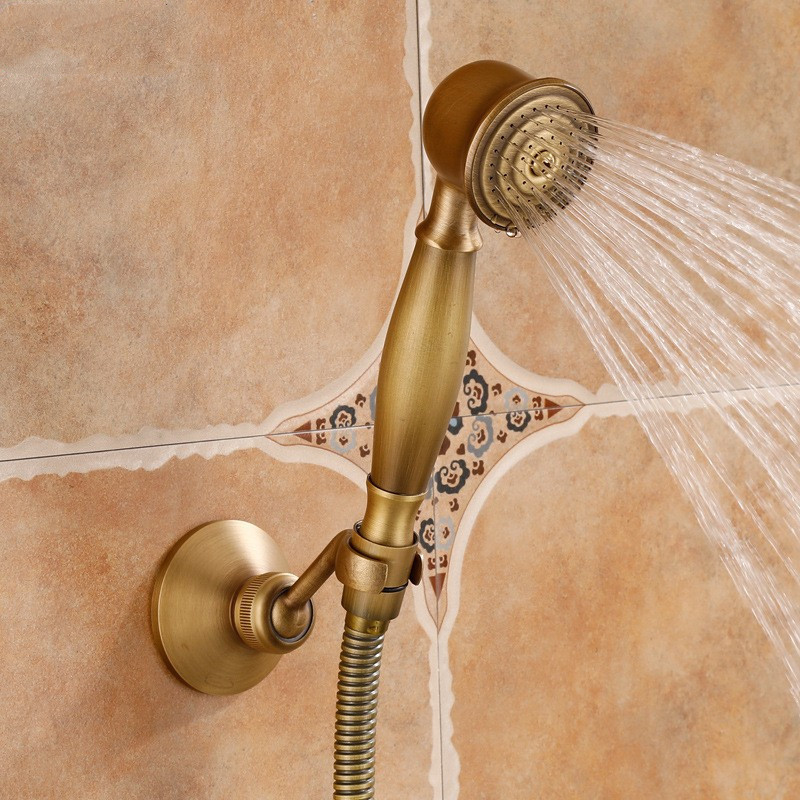
Remember to handle repairs with care and not to force any parts to avoid causing damage. It’s always better to replace worn-out parts than trying to make do with the old ones. The proper use of Teflon tape can prevent many leaks due to loose connections, so don’t skip this step. However, if the leak persists after your efforts, or if you come across complex issues, don’t hesitate to call a professional plumber. They’re your go-to experts for intricate problems beyond basic fixes.
Maintaining your shower head and addressing leaks promptly will not only save water and money but also prevent potential water damage to your home. Empower yourself with this guide, but know your limits and when to seek professional help. With the right approach, you can keep your shower experience drip-free and enjoyable for years to come.
A leaky shower head doesn’t have to be a source of stress. With the right tools, a bit of knowledge, and a dash of patience, you can turn it into a successful DIY project.
